OpenAI, a leading global artificial intelligence company, and Broadcom Inc., a semiconductor giant, have announced a strategic cooperation agreement, planning to jointly develop and deploy an AI accelerator system with a total computing power of up to 10 gigawatts (GW). This latest news marks a new stage in the construction of AI hardware infrastructure and also indicates that the competition in AI computing power is moving from “chip procurement” to a new era of “self-research and development of chips and co-construction of the ecosystem”.
The latest layout of the global AI computing power battle
OpenAI’s model iterations and application expansions over the past two years have pushed its computing power demands to an unprecedented height. This in-depth cooperation with Broadcom is regarded by the industry as a major transformation in its AI infrastructure strategy. Both sides will jointly design and deploy a series of AI-specific acceleration chips for the training and inference of ultra-large-scale models within the next five years, to achieve a total computing power of 10 gigawatts by 2029.
Broadcom will be responsible for the research and development, manufacturing, and system integration of the chips, while OpenAI will provide algorithm optimization and architecture design directions to ensure the deep integration of hardware and its AI models in terms of performance, energy consumption, and communication efficiency. The first batch of samples is expected to be put into production and deployment in the second half of 2026. According to the statements of both sides, this batch of accelerators will adopt advanced Ethernet interconnection and PCIe expansion technologies to support low-latency communication and parallel computing for large-scale AI clusters.
The fundamental driving force behind OpenAI’s pursuit of autonomous computing power
The core of this cooperation lies in “autonomous computing power”. For a long time, OpenAI has been highly dependent on GPU manufacturers such as NVIDIA for hardware support. However, as the scale of AI models continues to expand, commercialization costs and supply chain risks have become increasingly prominent.
Through joint research and development with Broadcom, OpenAI hopes to break through the bottleneck of hardware dependence and establish a more controllable and sustainable AI computing power ecosystem. This not only helps to reduce the costs of training and inference, but also enables hardware-level optimization for its own algorithm architecture.
Industry insiders pointed out that this move by OpenAI is similar to Google’s self-developed TPU (Tensor Processing Unit), reflecting the strategic awakening of large AI companies under the trend of “software and hardware collaboration”. The acceleration capacity of 10 gigawatts means that the power demand of its data center will far exceed that of the past – this is equivalent to the total electricity load of millions of households, highlighting the huge reliance of AI computing on energy and infrastructure.
Broadcom’s role: From communication chips to the core engine of the AI ecosystem
This cooperation is equally significant for Broadcom. The company has long held a dominant position in the field of network chips and data communication, but has yet to achieve the same level of influence as NVIDIA in the AI accelerator market.
The collaboration with OpenAI has provided Broadcom with a crucial opportunity to enter the core field of AI hardware. The future customized accelerators will integrate Broadcom’s Ethernet interconnection, optical communication, and low-power interface technologies to build an efficient and scalable computing power network structure for AI data centers.
Broadcom’s CEO Hock Tan said in a statement: “The 10-gigawatt AI acceleration program not only represents a leap in technological scale, but also symbolizes a new stage in the cooperation model of the AI industry.” Broadcom will join hands with OpenAI to create the next-generation high-performance and energy-efficient AI hardware system, setting a new standard for global AI infrastructure.
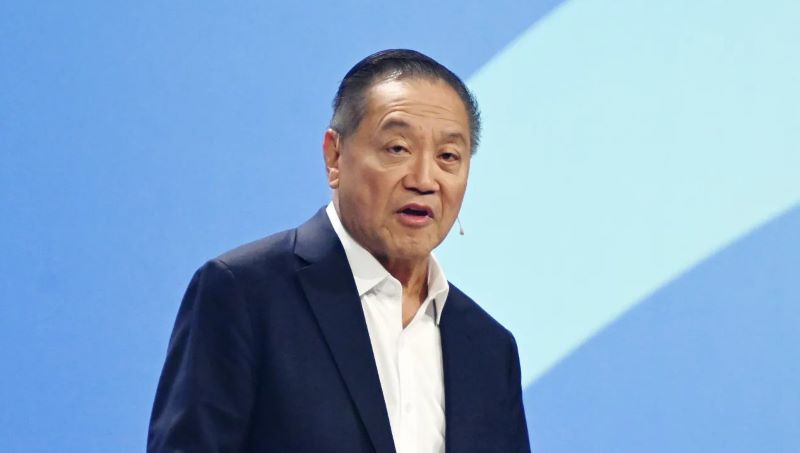
Technical challenges and risks coexist
Despite its grand prospects, the implementation of this plan is still full of challenges. Firstly, the energy consumption, heat dissipation, and space requirements of a 10-gigawatt deployment will put tremendous pressure on data centers. Secondly, the customized development of AI accelerators involves high-intensity collaboration in multiple fields such as transistor technology, architecture design, packaging technology, and optoelectronic interconnection. Once the progress is delayed, it may affect the entire computing power planning cycle.
In addition, the industry is also concerned that the global shortage of foundry capacity may become a potential bottleneck. At present, Broadcom mainly relies on TSMC for manufacturing services, and TSMC’s production capacity has long been occupied by several AI chip giants. If the supply chain coordination is not smooth, the project delivery cycle may be prolonged.
In terms of energy, OpenAI is expected to collaborate with multiple renewable energy suppliers to achieve its green computing goals. Some analysts point out that in the future, AI data centers may shift to water cooling and liquid cooling technologies to enhance energy utilization efficiency and reduce carbon emissions.
Market response and industry impact
After the news was released, Broadcom’s share price rose by more than 6% during trading, indicating investors’ positive expectations for its AI strategic transformation. OpenAI’s move is also regarded as a potential challenge to NVIDIA’s long-term dominance. Market analysis suggests that the conclusion of this cooperation may trigger a chain reaction, prompting more AI enterprises to seek customized chip solutions to strike a balance between performance and cost. Meanwhile, the ecological landscape of the semiconductor industry may also be reshaped. Manufacturers such as Broadcom, AMD, and Intel will accelerate their layout in the field of AI computing power, driving the construction of data centers into a new round of upgrade wave. With the sharp increase in the power density and energy consumption demands of AI chips, the innovation of energy utilization and cooling technologies will also accelerate accordingly. A report from Reuters indicates that the computing power of this project is expected to exceed the total power of most current supercomputing centers worldwide and is likely to become one of the largest custom hardware deployment plans in the AI industry to date
OpenAI’s long-term goal: To build an autonomous ecosystem for AI hardware
Sam Altman, the CEO of OpenAI, said in a statement: “Our mission is not only to train the most powerful models, but also to build the infrastructure that will support the development of AI for decades to come.” The cooperation with Broadcom is an important step towards achieving this goal. It will help us more efficiently promote the research and development, and application of cutting-edge models.
Altman also emphasized that OpenAI will continue to explore the optimization path of software and hardware collaboration in the future, including introducing self-developed technologies in storage, interconnection, and energy efficiency management. This trend is regarded as the key direction for the continuous evolution of large AI models and also lays the foundation for the in-depth development of the AI ecosystem.
Conclusion: A new stage of AI computing power competition
The collaboration between OpenAI and Broadcom’s 10-gigawatt AI accelerator is not only a business partnership but also the prelude to a “computing power revolution”. It marks that the AI industry is moving from competition on a single chip to a comprehensive game at the system and energy level. In the coming years, whoever can master a more efficient computing power architecture and energy utilization system will be able to occupy a strategic high ground in the global AI competition.
As the number of parameters, application scope, and intelligence level of AI models continue to rise, this collaboration may become a key milestone in the history of AI infrastructure and reshape the global AI computing landscape.




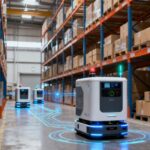

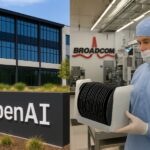
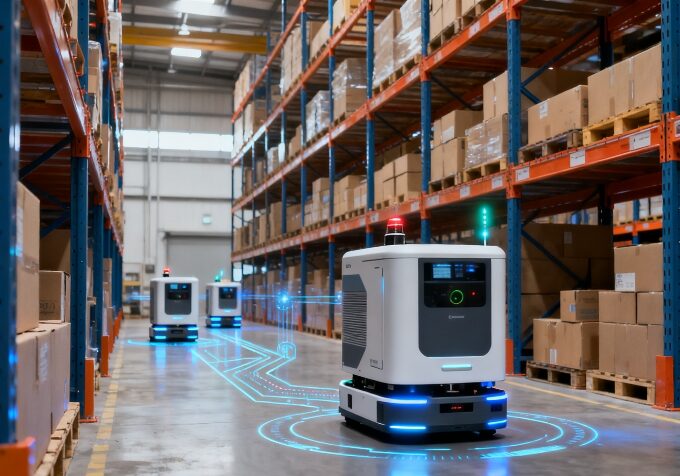
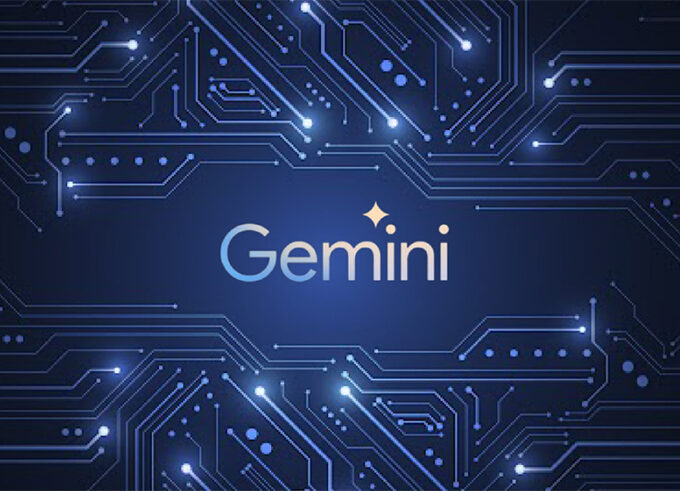

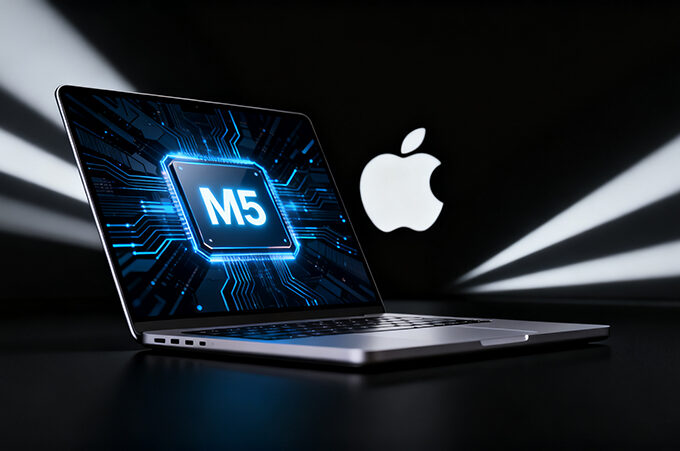
Leave a comment